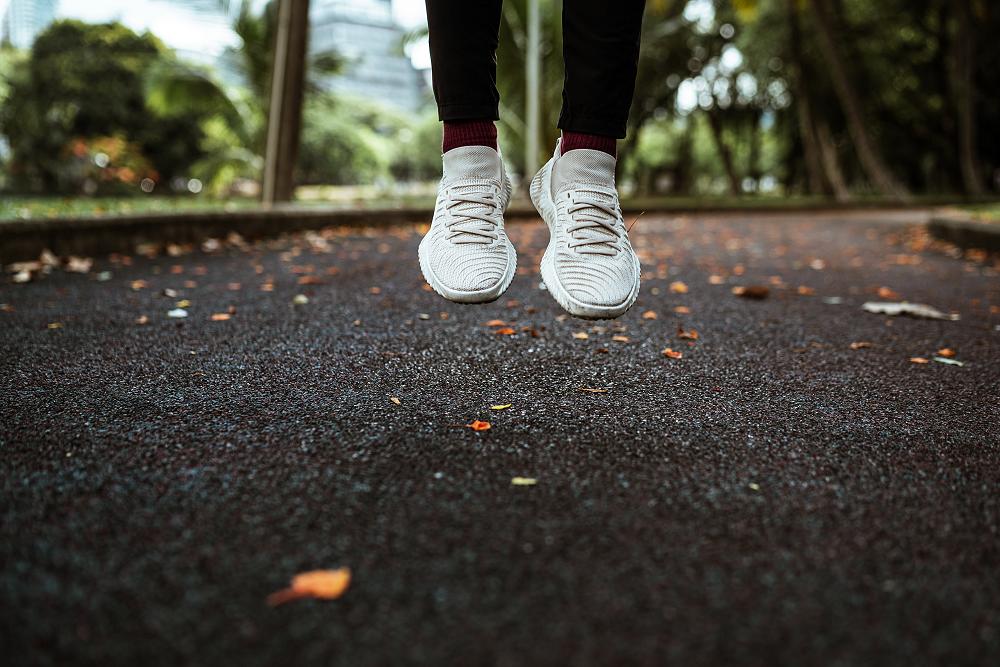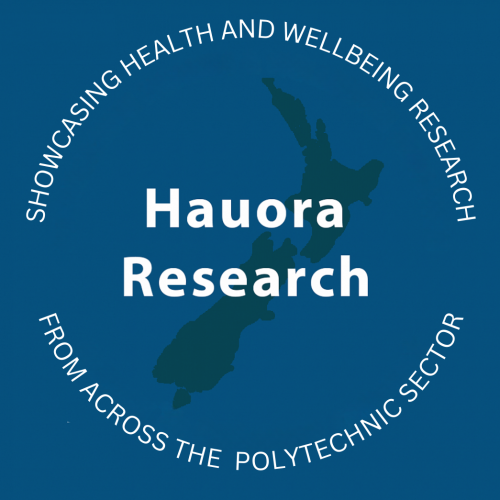
Jumping exercise premenopause may stave off osteoporosis
Dr Tracey Clissold - Toi Ohomai, Te Pūkenga: Jumping exercises performed for up to three minutes a day at least three times a week, can increase bone density and bone size in pre-menopausal women – and could mitigate the effects of bone loss and osteoporosis post-menopause.
“Osteoporosis has been described as a silent epidemic responsible for fractures in 50% of women worldwide,” says Dr Tracey Clissold, Lecturer at Toi Ohomai Institute of Technology, Te Pūkenga. “It costs about a billion dollars a year to manage osteoporosis in New Zealand, which is a huge burden to the health system.”
Women have less total bone mass than men, and experience rapid bone loss when oestrogen falls dramatically around menopause. Menopause occurs at an average age of 51 in New Zealand.
“Women can lose 20% of their bone mineral density in the four to six years around menopause alone,” she explains. “From the age of 60, two-thirds of women will suffer an osteoporotic fracture, so it is a serious public health issue.”
Clissold wanted to know whether anything could be done to minimise bone loss and potentially build more bone in the premenopausal years.
“There was little research that focused on humans, but considerable animal research which suggested a need for mechanical stimulation to the bone to improve density,” she says. “In animals, more than three body-weights worth of force had to be applied to the bone to do this.”
In humans, running and walking provide around two body weights of force, she says, because of the way people attenuate the impact when they land.
“You might achieve some of the required level of stimulation by running down a hill. People who play netball and tennis and squash, and kids who are jumping and landing all the time, they're doing exactly what our skeleton needs to build bone.”
Clissold’s PhD study aimed to determine the effects of a 12-month quantified jump-landingprogramme in premenopausal women – a routine that could be completed almost anywhere without any equipment.
“The first part of my research involved using force plates to quantify jumps and landings that achieved three body-weights of force in my target population – premenopausal women aged between 30 and 50.”
The seven most effective jumps involved rapid landings and provided variety in the direction of force, such as star jumps and stride jumps.
Fifty-seven women aged between 30 and 50 were assigned either to a jump group or a control group. The jump group performed periodised jumping and landing exercises three to five times per week for 12 months.
“Each session involved around 20 double-jump combinations, with some double leg landings and some single leg landings – these took two to three minutes to complete in total,” she says.
For those with issues such as poor balance or compromised joint integrity, Clissold and PhD student Chloe Ryan quantified heel drop and stomp techniques which also met the force threshold.
“The participants were easily able to fit their sessions into their daily lives – while their porridge was cooking in the microwave, for example,” she says. “Some of the women were in an office together, and they would just take off their shoes and do their jumps in their office clothes.”
Clissold had to track her participants for at least 12 months, the length of at least one full bone remodelling cycle.
“I knew that keeping my participants engaged throughout the year would be my biggest challenge,” she says. “I met them every three months for DEXA-scanning [bone density scanning] and for performance testing. I sent them encouraging e-texts daily and new jump templates every week. I had social media pages to keep them stimulated as well, and utilised student interns to help with the management of these platforms.”
Clissold used a restricted maximum likelihood linear mixed model (LMM) to investigate the effects.
At the femoral neck, hip and lumbar spine, the control group members lost bone mineral density, as would be expected for women in their age group – but everyone in the jump group recorded gains. Significant group effects were observed in favour of the jump group for femoral neck bone mineral density (an increase of 3.44% versus a decrease of 0.19%) and bone mineral content (an increase of 2.61% versus a decrease of 0.11%).
“Bone mineral density tells part of the story of the strength of bone, but cross-sectional area of the bone is also a big part of what gives fracture resistance and strength,” Clissold says. “The jump group was able to increase the cross-sectional area of these bones.”
Significant group effects were again observed in favour of the jump group for femoral narrow neck cross-sectional area (an increase of 2.78% versus a decrease of 0.64%) and cortical thickness (an increase of 3.84% versus an increase of 0.84%).
Secondary measures of interest included lower body explosive power, muscle reactivity, balance performance parameters and body composition, which also tend to deteriorate with age.
“In doing the jumping, participants increased their power, reactivity and muscle mass – all of which can help to prevent falls, so this was another fantastic finding.”
Clissold and her PhD supervisors are in the process of releasing an app called Osteo Gains in partnership with Osteoporosis New Zealand, which will enable members of the public to complete the same jumping routines as the study participants.
She says jumping is a preventative intervention which is cost-effective and easily implemented in the home setting.
“It represents a window of opportunity for premenopausal women,” she says. “In addition to improving overall bone health during a life-stage normally associated with progressive bone losses, it may also reduce the risk of falls by improving muscle strength and reactive muscle qualities.”
Dr Tracey Clissold has 30 years’ academic experience in exercise science and sports nutrition. She is currently a lecturer at Toi Ohomai, Te Pukenga, and a nutrition consultant for national and international athletes and coaches. Tracey is the mother to two children and has previously represented New Zealand in distance running, winning several national and international marathon titles.
